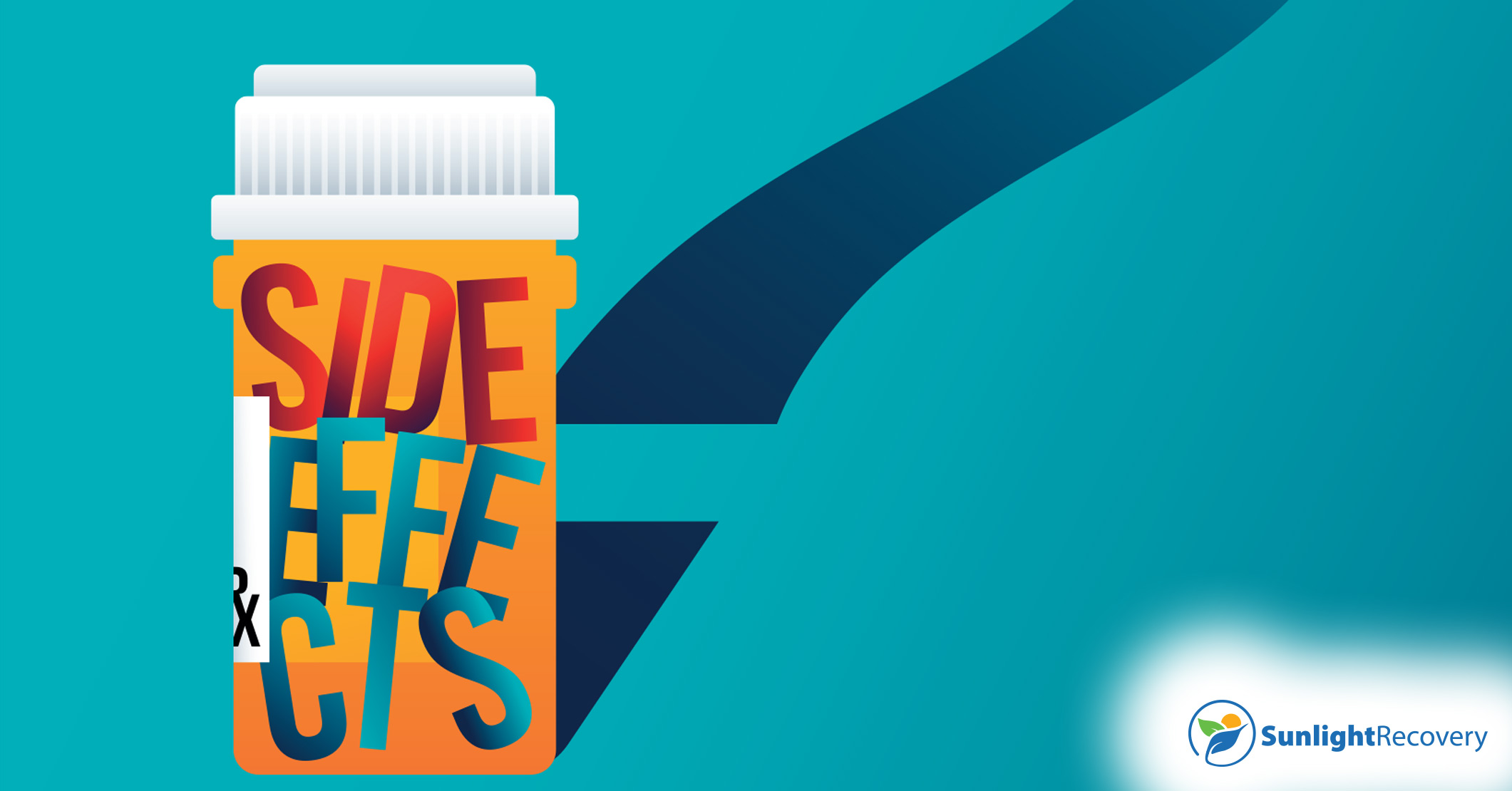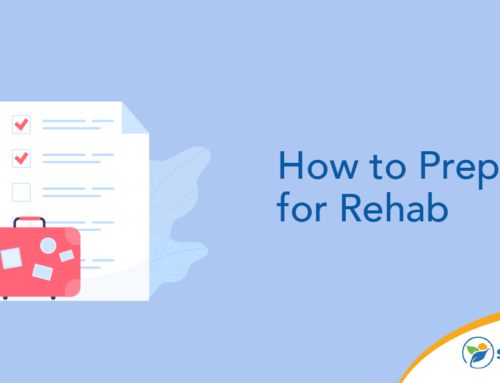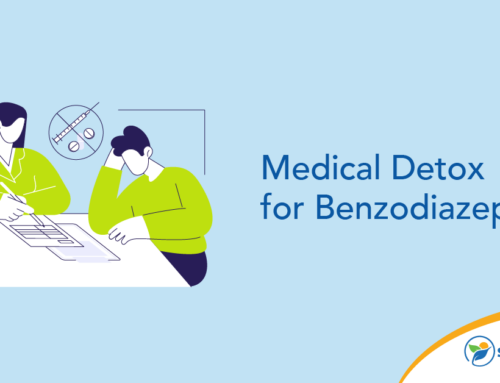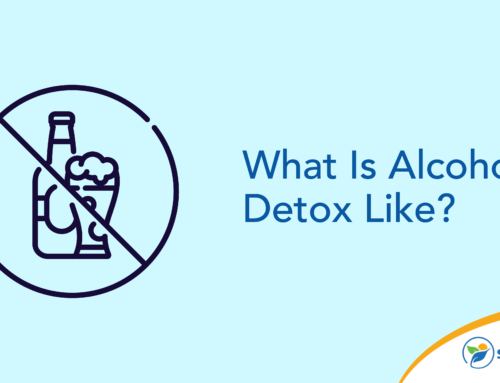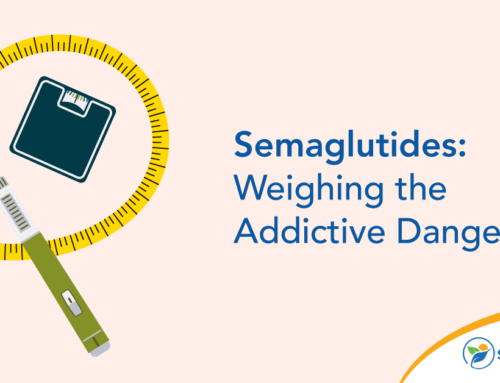Substance use disorder is a lifelong condition that takes ongoing effort to manage. Medication-assisted treatment (MAT) with naltrexone can help people with opioid or alcohol addiction continue to abstain from substances after initial treatment. However, some people are hesitant to seek this type of treatment due to fear of naltrexone side effects. Fortunately, the side effects of naltrexone tend to be mild and manageable and don’t need to be a barrier to seeking help.
Naltrexone: Understanding Its Purpose and How It Works
Naltrexone is a prescription medication that’s available as an injection and in tablet form. The drug is prescribed for people who’ve already detoxed from opioids and/or alcohol and would benefit from additional support to help them remain sober.
When a person takes naltrexone, the drug binds to the places in the brain affected by opioids. As a result, it blocks the euphoria people experience when they use heroin, fentanyl and other opiates. The medication also blocks the pleasurable feelings associated with consuming alcohol, but researchers have yet to determine how.
Naltrexone isn’t a cure for addiction. Instead, the drug works as a part of an overall treatment plan for substance use disorders. It’s meant to complement other forms of intervention such as group therapy and counseling.
Most people take naltrexone for 3 to 6 months and then gradually taper off the medication. In some cases, health care providers may prescribe naltrexone for longer periods.
Common Side Effects of Naltrexone and How to Manage Them
Like all medications, naltrexone has the potential to cause side effects. The most common ones tend to be mild and may resolve once the body adapts to the drug. Side effects that occurred in more than 10% of people during clinical trials of naltrexone included:
- Abdominal pain and cramping
- Anxiety and nervousness
- Difficulty sleeping
- Fatigue
- Headache
- Nausea and vomiting
Less common, minor naltrexone side effects can include:
- Changes in appetite and/or thirst
- Chills
- Constipation
- Delayed ejaculation
- Depression
- Diarrhea
- Irritability
- Skin rashes
The good news is, these side effects are usually manageable. Over-the-counter medications may help alleviate some effects of taking naltrexone. Your health care provider can recommend solutions to avoid potential drug interactions.
Consider starting naltrexone when you have time off from work or school so you can rest and relax while you get used to the medication. Don’t hesitate to ask a trusted friend or family member to help you complete tasks or be with you while you adjust to the medication.
Does Naltrexone Make You Sleepy?
Drowsiness isn’t a common side effect of naltrexone. However, some people do feel sleepy after taking the drug. Therefore, it’s a good idea to avoid driving and operating heavy machinery when you begin taking the medication.
Uncommon or Severe Naltrexone Side Effects: When to Seek Medical Attention
Severe naltrexone side effects are rare, but they can happen. Potential risks of taking the drug include liver problems, suicidal thoughts and severe allergic reactions. Signs of these adverse effects may include:
- Changes in vision or hearing
- Dark urine
- Difficulty breathing
- Fast or irregular heartbeat
- Feelings of hopelessness or persistent sadness
- Hallucinations
- Light-colored stools
- Pain in the upper right area of the body
- Swelling of the face, lips or tongue
- Yellowing of the eyes and/or skin
If you develop any of the above symptoms, let your health care provider know promptly.
Abstaining from opioid use is important when undergoing treatment with naltrexone. Taking the medication can lower a person’s tolerance, making overdoses more likely to occur. In addition, using large amounts of opioids or consuming excessive quantities of alcohol to overcome the effects of naltrexone can lead to overdose or alcohol poisoning.
The Benefits of Naltrexone Outweigh Potential Side Effects
Although there’s a risk of experiencing side effects, it’s often outweighed by the benefits of medication-assisted therapy with naltrexone. MAT has been shown to be very effective at preventing relapse and supporting long-term recovery. In fact, 90% of people who undergo MAT remain drug- and alcohol-free 2 years after treatment.
Navigating the Decision to Use Naltrexone: Consultation With a Health Care Provider
Before prescribing the drug, your health care provider may discuss the benefits and risks of the medication and give you individualized advice about whether you’re a good candidate for MAT. They’ll also carefully review your medical history, as the drug isn’t for everyone.
People who’ve used drugs or alcohol within 7 to 10 days, those with liver or kidney disease, pregnant and breastfeeding women and those planning to become pregnant typically shouldn’t take the medication.
Supporting Someone on Naltrexone: Tips for Family and Friends
If a loved one is undergoing MAT with naltrexone, you can follow these tips to help support them.
Encourage Continuation of Other Treatments
As previously mentioned, naltrexone isn’t usually a stand-alone treatment for substance use disorders. Your loved one will likely need to attend group therapy and/or individual counseling as a part of their care plan. Encourage them to stick with these other treatments, reminding them of the benefits of continuing therapy.
Offer Assistance
At first, some side effects of naltrexone may interfere with your loved one’s daily life. Let them know you’ll be available if they need help. For example, you could offer to give them a ride if they’re unable to drive due to drowsiness. Or you might offer to pick up prescription or over-the-counter medications their health care provider recommends to ease side effects.
Be a Shoulder to Lean On
Listening without judgment is one of the most powerful things you can do to help someone who’s undergoing treatment with naltrexone. You may find it beneficial to enter counseling or attend a family support group yourself so you can be there for your loved one.
Remind Them of Their Achievements
If your loved one is discouraged by the side effects of naltrexone they’re experiencing, remind them of how far they’ve come. Tell them you’re proud of what they’ve done to improve their life. Suggest they get advice from their health care provider about how best to manage adverse effects.
Help Is Available for Substance Use Disorder
If you or someone you love is struggling with opioid use or alcoholism, you’re not alone. Our team at Sunlight Recovery can help develop a treatment plan that addresses the physical, mental and emotional aspects of addiction to make a better life possible. Contact us today to explore the various treatment options.


